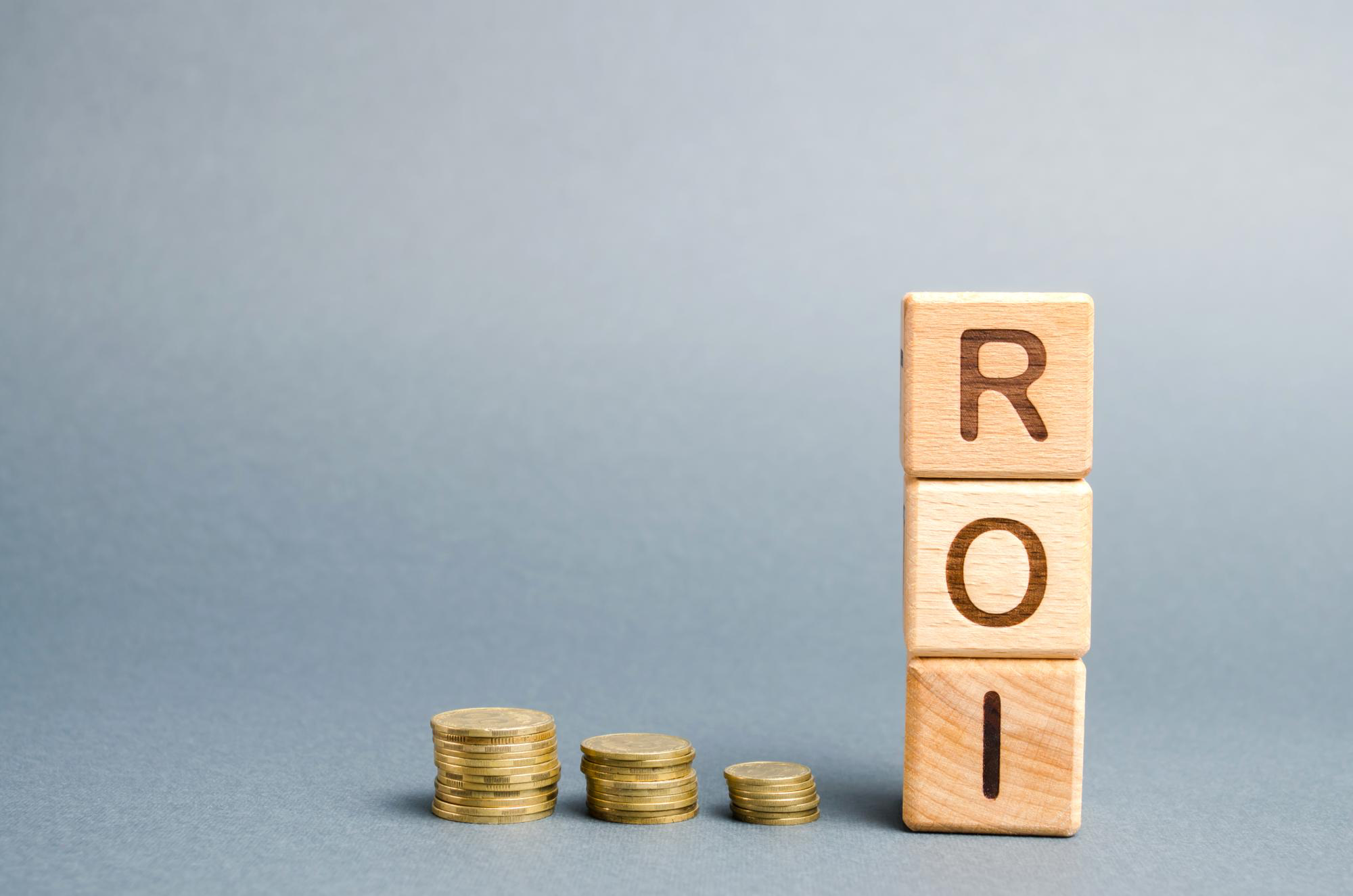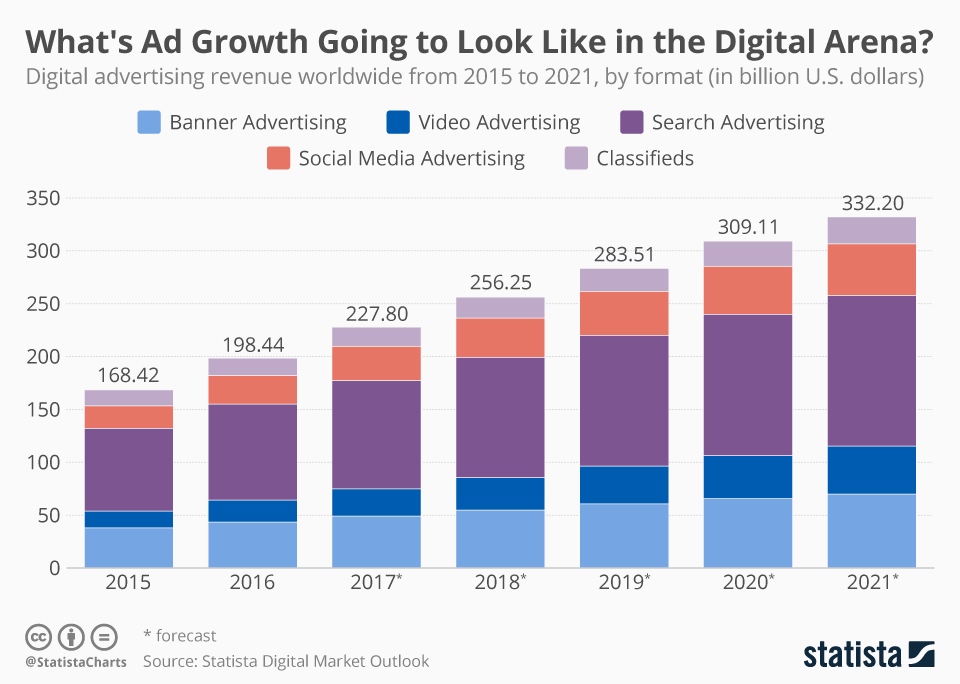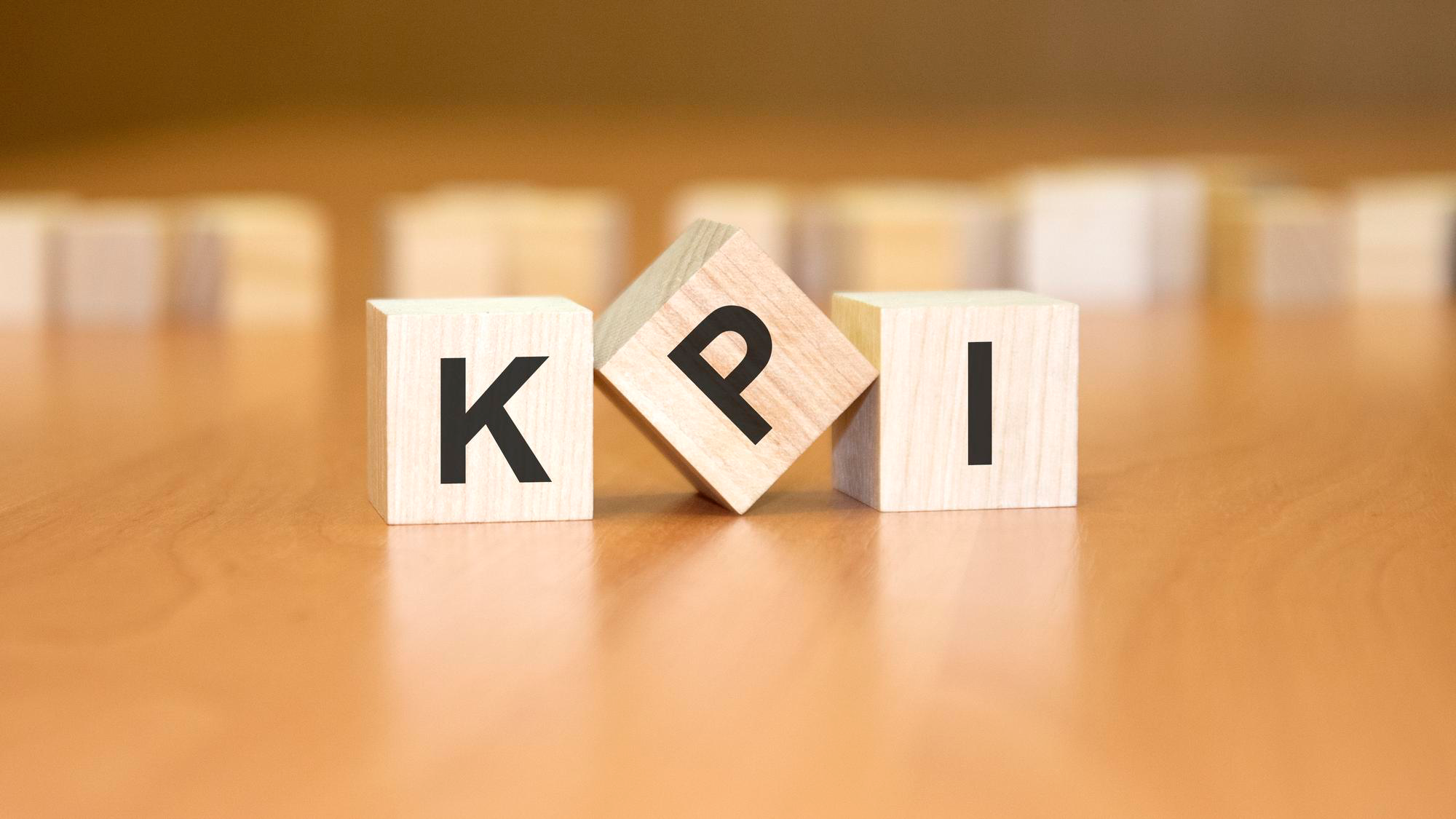
In 2025, digital marketing isn’t about chasing every new platform—it’s about understanding which channels, strategies, and customer touchpoints will make the greatest impact for your startup or DTC brand. The landscape is more fragmented and opportunity-rich than ever. Knowing how to choose and orchestrate channels—while measuring their effectiveness—can mean the difference between scattershot results and true marketing momentum.
This guide demystifies digital marketing channels and platforms, clarifies paid/owned/earned nuances, and explores how brands can build high‑ROI cross-channel systems that drive growth and loyalty.

Digital marketing channels are the online pathways a business uses to reach, acquire, and nurture customers—email, SMS, push notifications, paid social, content, display ads, and more. Each channel serves a distinct communication purpose: email lands in inboxes, social ads appear in feeds, push notifications reach users in real-time, and paid search captures high-intent demand.
Platforms, by contrast, are the tools marketers use to execute and manage those channels. For example, Meta Ads Manager supports social ad deployment, while Klaviyo manages email and SMS flows. Understanding the difference is key to orchestrating a full-funnel system with precision and personalization.
An effective digital strategy depends on balancing three types of media:
According to a recent HubSpot breakdown of marketing channels, brands that consistently combine owned and paid channels tend to see the highest return on marketing investment over time.
Email remains a foundational digital marketing channel due to its low cost, automation potential, and high return. Brands can use segmentation, behavior-based triggers, and rich media to build trust and drive conversions.
Imagine a CPG brand launching a welcome flow that tells its brand story, offers a first-purchase discount, and shares UGC-based product tutorials. The result? Open rates above 40% and a noticeable increase in customer LTV within the first 30 days.
SMS is ideal for urgent and personalized communication. With open rates often exceeding 98%, it drives immediate engagement—especially for back-in-stock alerts, timed promos, or transactional messages. However, brands must use it sparingly to maintain customer trust.
A nutrition brand that used SMS for exclusive early access to product drops saw a 21% lift in same-day conversions.
Push notifications allow brands to stay top of mind with timely, contextual nudges—like reminders, app updates, or re-engagement campaigns. When used with dynamic personalization, push can significantly increase daily active user (DAU) rates.
One fitness app that triggered location-aware push reminders saw a 12% increase in session starts and a drop in churn.
Let’s talk about how data, creativity, and performance strategy can drive real growth.
Partner with Future Digital to turn insights into measurable results.
These tools reach users in real time while they interact with your product. Whether you're onboarding a new customer, showcasing a feature, or announcing a sale, in-app messages and in-browser pop-ups guide the customer experience without leaving the interface.
A SaaS platform rolled out a new feature using an in-app content card and saw 3x faster adoption than with email alone.
Platforms like WhatsApp, Facebook Messenger, and Instagram DMs have become powerful retention tools. They support two-way communication and drive high engagement rates—especially when paired with automation or personalization.
A DTC skincare brand that offered post-purchase support through Messenger reduced support ticket volume and increased repeat purchase rates by 22%.
Projected digital advertising revenue by format worldwide (2024–2027), showing growth across search, social, and video channels

Cross-channel marketing isn’t about being everywhere—it’s about creating smart, personalized journeys across a few well-aligned channels.
Let’s say a customer sees a product on Instagram, visits your site, and signs up for a 10% discount. They receive a welcome email and an SMS with the offer. After purchasing, they receive post-purchase content via push and Messenger. Weeks later, an in-app card highlights a loyalty offer.
That unified experience boosts retention and revenue without overwhelming the customer or your team.
For more on how to layer these experiences into a funnel, review our full-funnel marketing guide here.
Tracking performance per channel is essential. Key KPIs include:
You can also benchmark engagement by vertical using studies like this CTR report to set realistic expectations.

A DTC food brand launched a new product line using this five-channel strategy:
The outcome? 40% email open rates, 11% push CTR, a 15% boost in app engagement, and acquisition costs 18% lower than prior launches.
Digital marketing channels are only effective when intentionally combined. Choosing the right mix of email, SMS, paid ads, push, and in-product messaging can create exponential returns—especially when orchestrated through a single view of your customer.
To go deeper into digital strategy that scales, explore more frameworks and tools on our homepage.
What is a digital marketing channel?
A medium through which a brand delivers messaging and experiences—examples include email, SMS, paid social, and push notifications.
How do channels differ from platforms?
Channels are how you engage; platforms are what you use to run those engagements.
Which channels deliver the best ROI?
Email, SMS, and push remain the most cost-effective channels for retention. Paid social and search work best for top-of-funnel growth.
How do I measure performance across channels?
Use platform dashboards and CRM tools to track open rates, ROAS, churn, and lifetime value. Tie each channel’s output back to business goals.